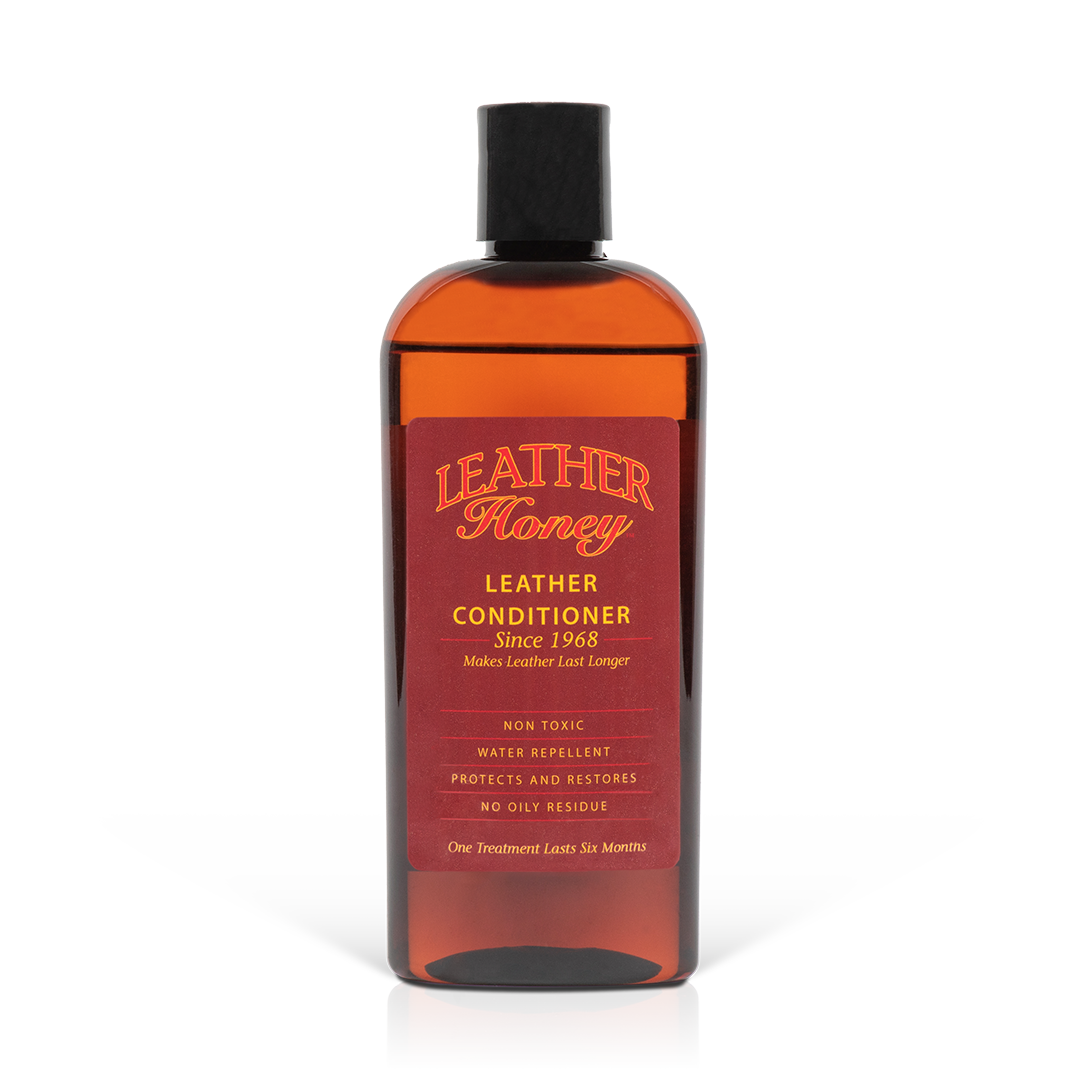It’s hard to say what it is about spring that makes us want to clean, so just embrace the motivation while it’s there: Spring cleaning is a time to refresh and restore your house after a long winter.
In the process of dusting, mopping and scrubbing your home, some of your most-frequently used items can often get overlooked: The leather couch, chair or ottoman you relax on daily. Below, five tips for your annual spring leather furniture cleaning that we’ll discuss in this post:
- Vacuum those cracks and crevices
- Clean the surface of the leather
- Get rid of mold or mildew
- Let the leather dry completely
- Condition the leather
1. Vacuum those cracks and crevices
There’s more than coins under those couch cushions — you’re likely to find plenty of crumbs, dust, pillow feathers and lint, too. The first step in spring cleaning your leather furniture is to vacuum all that up; that way, when you move on to the next step (which involves wiping the leather down) you’re not rubbing dust or crumbs all over the leather. Lift up the couch cushions, remove the throw pillows and get as deep into the cracks and seams as possible.
2. Clean the surface of the leather
Once the leather is free of dust and other surface dirt, you can wipe down the leather with a high-quality leather cleaner. Leather Honey Leather Cleaner is nontoxic and chemical free, and quickly and gently removes even tough stains from the leather. Moisten a soft, lint-free cloth with the leather cleaner, then use the moist cloth to gently clean the leather — there should be no need to scrub or rub, as dirt should easily lift away. You may want to spend more time on heavily soiled areas. The cleaner will not only remove dirt, but also remove odors from the leather.
Pro tip: Be sure to test anything you put on your leather in a discreet area first. Leather is a genuine material, and the way it is processed and dyed varies widely. It’s also expensive, so it’s wise to do a quick spot test.
3. Get rid of mold or mildew
If your leather furniture is a little musty, you might have a bit of a mildew problem. You can often smell it before you see it, and this is the stage when you want to treat it right away to prevent it from getting worse. If the cleaner didn’t fully remove mold or restore that genuine leather smell, wipe the leather down with some apple cider or white vinegar mixed with water (1 part vinegar to 4 parts water). That mixture will neutralize severe odors and kill mildew and mold. Keep in mind that on dark leather, apple cider vinegar can be a good choice. If you’re cleaning light or white leather, you may want to stick to white vinegar since it is colorless.
4. Let the leather dry completely
One of the worst things you can do is apply a conditioner or polish while the leather is still wet — this locks in water and moisture, which can quickly turn into a severe mildew problem. Instead, let the leather dry thoroughly before the next step, which may take up to 24 hours, depending on your climate and the type of leather you have.
5. Condition the leather
Twice a year, cleaning your leather should be a two-part process — once you’ve completed all of the above, you want to condition the leather, which will restore lost moisture. This step is particularly crucial after a long, dry winter — that dry air and heat quickly dries out leather furniture, especially if it’s placed next to an HVAC vent. Restoring the leather after those dry months is critical to keeping your leather lush, flexible and soft and maintaining the rich color.
Once the leather is dry, apply Leather Honey Leather Conditioner by putting the conditioner on a lint-free cloth and gently applying to your leather furniture in a thin, even layer. In most cases, you’ll need about 16 - 32 ounces of conditioner to treat a full-size couch; less for a chair, ottoman or loveseat. Give the conditioner at least two hours to dry — overnight is even better — and your leather furniture will be good as new.

And while you have your leather cleaning and conditioning products out, take some extra time to restore and clean other leather items — it’s wise to clean and condition leather boots and shoes before putting them away for the summer, as well as leather jackets. And your home is not alone in wanting some spring cleaning — your car is probably aching for a little love after a long, slushy winter.
You May Also Like:







